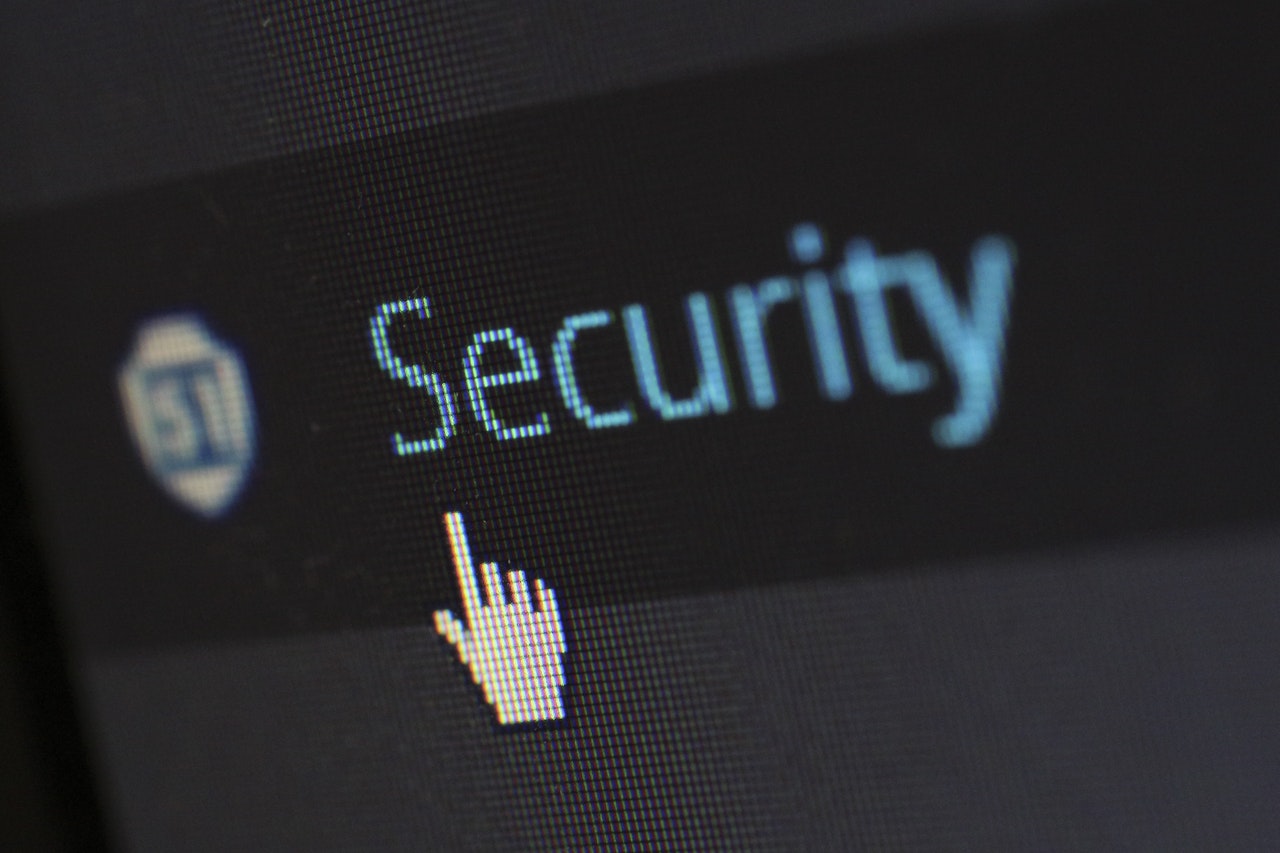Last Updated on: 21st November 2023, 10:18 pm
No matter the scale, all the businesses finally understand the importance of cybersecurity practices. Although they choose other methods to secure their businesses, companies often rely on security audits to understand their strengths and weaknesses.
Businesses should undertake several forms of corporate physical security audits. Still, a personal cybersecurity checklist must not be overlooked at any cost, such as risk assessment, compromise assessment, vulnerability assessment, penetration test, and compliance audit. Be sure that you have your staff involved and comfortable with the information security audit stages, and then hire the best safety and evaluation auditing firm for your company’s audits. After completing the security audit measures, make sure the findings are analyzed and a strategic planning session follows the audit so that the company is safeguarded and secured.
The security audits and assessments are critical in this concern as they enable organizations to insight into the potential cyber threats that might expose their organization. So businesses should be vigilant and effectively conduct security audits regularly.
Types of Security Audits
There are several types of audits. Every security audit has its goals and objectives. However, some types of audits are only relevant to some businesses. Here are the top security audits that every business should conduct regularly.
Vulnerability Assessments
The primary purpose of the vulnerability assessment is to identify the vulnerable areas of your organization’s security that can be exploited to harm your business. During the vulnerability assessment process, the audit firm indicates the weak organization aspects, which can cause considerable damage to your company.
Risk Assessment
The purpose of risk assessment is to identify various types of risk that your company might be prone to. It is an undeniable fact that no matter what your business is, it will always be prone to various particular risks. And you cannot be ready to face the associated risks significant as they help identify their vulnerabilities such that the business can come up with reliable strategies to tackle them.
Compliance Audit
Almost every business has to abide by a particular set of rules and regulations. Such compliance is essential for your company’s legal status. The collection of compliance rules is pretty extensive, and it keeps shifting and updating depending on the prevailing circumstances of the economy and the company community.
Penetration
Hacking is one of the leading cybersecurity challenges that companies still face. It is where penetration tests are performed. This is a type of data protection audit in which a security auditor from the security auditors takes the role of a hacker and tries to avoid the safety mechanism of the company. The hacker may use various hacking techniques to determine areas of the company that need a security update.
Best Practices of Cyber Security Audit
Begin with Defining Your Cybersecurity Audit
The initial task of a security audit is defining the audit scope. You will need to list all the business assets like computer equipment and sensitive data. After making a long list, define your security perimeter to protect your assets. Ensure that you shortlist the most valuable assets and focus 100% on such assets.
Share The Resources They Require
The auditor must contact a subject-matter specialist to get a complete picture of your cybersecurity management. Introduce the point of touch until the audit begins; they will have to chat. It is best to hold a meeting where the auditors can show the tools and access your network. It simplifies the auditing process and saves time.
The Audit Compliance Standards
Before the security audit process starts, be sure to review the relevant compliance standards requirements applicable to your organization and industry and share them with the auditing team. Understanding the relevant compliance regulations can help you align the audits with your business requirements.
Find Out More About the Network Structure
One of the critical objectives of a security audit is to reveal security deficiencies in corporate networks. Providing your auditors with a comprehensive network structure will give them a broad overview design of your IT infrastructure, help them start the vulnerability evaluation process, and identify safety deficiencies. The complex system of the network is a diagram that shows an overview of what assets exist, how they are connected, and what safeguards exist between them.
While the auditor interviews your subject experts to gain insight into safety, he understands first and foremost what your cybersecurity management is. Organize all documents relating to the cybersecurity policies in a single resource that is easy to read.
Detect The Risk and Vulnerability and Record Them
Identify all vulnerabilities that can affect your business in your system. It includes understanding technology, business processes, the enforcement risks of each procedure, potential attacks, and applicable laws and regulations. Ensure you understand the full spectrum of threats facing your business, evaluate the likelihood of an attack, its motive, and its degree of influence.
Assess the Current Cyber Risk Management Performance
Now that you possess the list of vulnerabilities and their effects, you need to determine whether your firm cab defends against them. Ensure that you evaluate the performance of your existing security measures, which includes the evaluation of your department’s performance, your undertaking, and the understanding of the security policies.
You are probably already equipped with the vulnerability detection tools for effective network monitoring, but are you sure your workforce is up to date on the existing methods used by hackers to infiltrate your systems? It is a critical phase where your cybersecurity service can adequately add much more value as they have no internal preferences, impacting the audit outcome.
Prioritize On the Risk Responses
The last step of the audit is to pinpoint how to respond to any security breach and prioritize the ideal methods to suit your organization and the industry. Besides, it would be best to focus on the risks that can cause much more damage to your business. To prioritize threats, weigh the threat damages versus the possibility that they can happen and assign the risks to score to each.
Ensure the Regular Audits
New forms of cyber threats and attacks are ongoing. How much do you conduct an audit of cybersecurity?
In-depth security audits are recommended and should be conducted at least twice a year. You can perform quarterly or monthly audits based on your company size. You can do company audits as a whole or per department if the workflow is seriously interrupted. Most effective companies conduct routine cybersecurity audits proactively.








